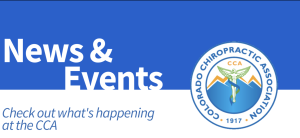
Stomach Acid: Why You Need It and What Happens Without It
One of the most misunderstood concepts in modern medicine is the role of stomach acid in human digestion. Conventional thinking associates excess stomach acid to conditions such as gastro-esophageal reflux disease (GERD), heartburn, and peptic ulcer disease. This type of thinking is logical, since the burning and sour taste that









